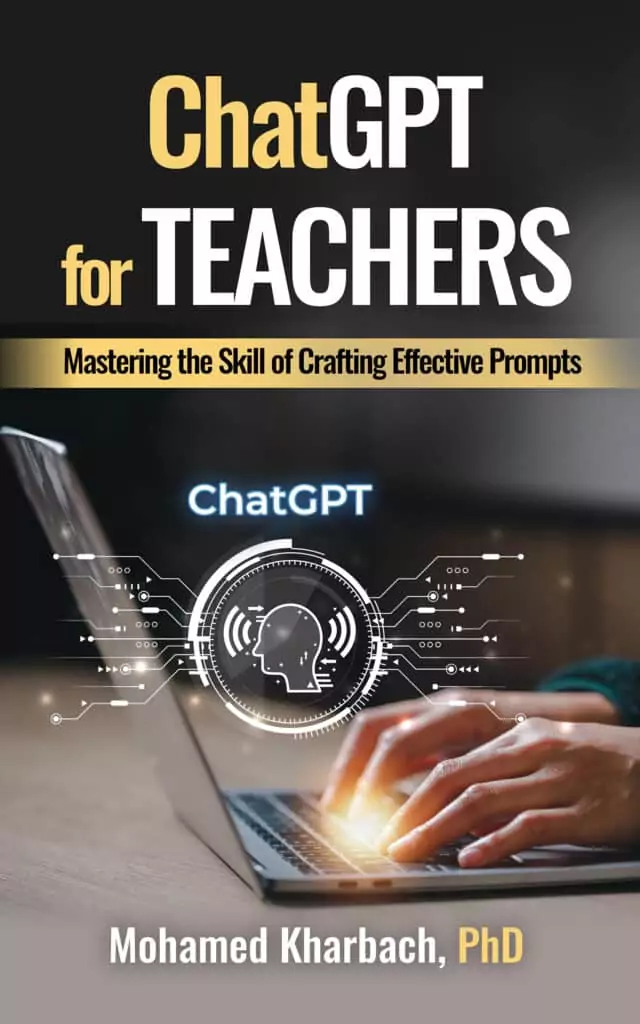It’s been a hectic two months in the world of AI! New features rolling out left and right, with OpenAI and Google both flexing hard in what feels like a race to reshape the future of education.
We’re seeing powerful updates designed specifically for learning: ChatGPT is now a teaching assistant that can build slides, prompt ‘deep thinking’, and guide students through problems.
Google’s Guided Learning and NotebookLM are pushing toward more structured, visual learning support. Claude is stepping in with its own reflective modes. And tools like Grammarly, Canvas, and MagicSchool are making it easier for us to plan, grade, and respond.
Here’s a quick recap of the most important new AI features that can actually help facilitate your teaching and hopefully enhance students learning!
1. ChatGPT Agent
ChatGPT Agent is a new feature that allows you to prompt the AI to carry out multi-step tasks like creating presentations, organizing spreadsheets, or conducting research. It goes beyond simple Q&A and acts more like an assistant. As a teacher, you can use ChatGPT Agent to generate class materials, prep slides, or automate repetitive admin work, freeing up time for more impactful teaching.
2. Study Mode
This is another interesting feature by ChatGPT. Unlike the standard chat experience, Study Mode is designed specifically to support student learning through guided questioning, scaffolds, and checks for understanding. You can encourage students to use it for homework support or independent study. It helps reinforce active learning, not just quick answers.
3. Google Guided Learning
Google’s Guided Learning is built into Gemini and offers students step-by-step explanations, interactive visuals, and quick assessments. As a teacher, you can rely on it to support students working through tough concepts. It’s especially helpful when you’re trying to differentiate instruction or provide extra help outside class time.
4. Claude Learning Modes
Claude’s new learning modes offer a more reflective AI experience. Instead of simply giving answers, Claude encourages students to think aloud, explain their reasoning, and work through problems step-by-step. You can use it to foster critical thinking and help students become more independent, thoughtful learners.
5. NotebookLM Video Overviews
NotebookLM now lets you turn documents into narrated video summaries with visuals, quotes, and explanations. This feature can help you create quick previews or reviews of course readings. Students benefit from a more accessible, multimodal way to engage with content, great for visual and auditory learners.
6. Grammarly Agents
Grammarly has introduced a set of AI agents for feedback, grading support, paraphrasing, citation help, and originality checks. As a teacher, you can use these tools to speed up writing instruction and assessment. They can also help students improve their writing while prompting important conversations about academic honesty and authorship.
7. Canvas AI Integration
This new feature brings AI directly into your Canvas LMS. You can create course-specific bots to answer student questions, give hints, or guide students through assignments. It helps lighten your communication load while keeping students engaged and supported—all within the platform they already use.
8. Magic School AI
Magic School AI continues to expand and now serves millions of teachers. It helps you generate lesson plans, rubrics, feedback comments, parent emails, and more all tailored to your subject and grade level. It’s a powerful way to save time and streamline planning without compromising quality.





